Training of military cadres in the resistance war against French colonialism of our Party
Since its inception, our Party has always paid special attention to the work of building armed forces and training cadres, especially military cadres. Many loyal military cadres of the Party have been trained in the first military classes in the border areas of Cao Bang and the Cao - Bac - Lang inter-zone. The work of training military cadres was marked by the training of the first 82 cadres at the Military Political School to resist the Japanese in the Viet Bac War Zone on June 25, 1945. Despite facing countless difficulties, in nearly 2 months, 234 military cadres were trained; the content, program, and training objectives closely followed the Party's guidelines, the Viet Minh's policies, and the revolutionary tasks; marking an important development step in the work of training cadres in the resistance war against French colonialism and later military construction.
On May 26, 1946, President Ho Chi Minh visited and presented Tran Quoc Tuan Military School (formerly the Anti-Japanese Military School) with a flag embroidered with six golden words "Loyal to the country, filial to the people" in Son Tay_Photo: Document
The long and arduous resistance war requires the army cadres to constantly develop in quantity and quality, and to be trained with sufficient capacity and qualities to meet the requirements of revolutionary tasks. Our Party pays great attention to leadership and direction, considering "the issue of training cadres for the people's army as the key in the task of building forces as well as in combat" (1) . From September 1945, military agencies and units were established, and the work of training military cadres was urgently organized and implemented. The Party advocated the establishment of schools in the army, such as: Vietnam Military Administration (September 1945), Vietnam Cadre Training (October 1945), Military Administration of Zone 7 (December 1945), Bac Son Military Administration (March 1946), Quang Ngai Army Secondary School (March 1946), Tran Quoc Tuan Military Academy (April 1946), Political Cadre Training (July 1947), Cadet School (November 1948), Vietnam Military Physicians (March 1949), Engineering Technical College (June 1949), Vietnam Army (April 1950), and at the same time opened a number of supplementary classes for cadres.
The initial goal was to train a number of platoon cadres and political commissars capable of commanding platoons. The training task was very difficult, requiring urgency. Cadres who had been trained at the Whampoa Military School (Guangzhou, China), and had been tempered in revolutionary practice were appointed by President Ho Chi Minh as commanders, such as comrades Hoang Van Thai, Nguyen Tri Phuong (alias Thanh Phong), Truong Van Linh... The school's teaching staff was also the core cadre team, in charge of classes, compiling teaching materials, and ensuring the school's facilities. President Ho Chi Minh, comrades Pham Van Dong and Vo Nguyen Giap directly taught classes and compiled teaching materials on guerrilla warfare, guerrilla tactics, etc. The training time for each course was about a month, and students were selected from army units, national salvation organizations, and grassroots organizations of the Party, and a portion was selected from university students from non-military schools. After training, students were assigned to their localities to serve as the core to build National Guard units, a few were assigned to ministries to overcome the shortage of officers in the army.
In addition to continuing to direct military schools to urgently train cadres, on March 9, 1946, the Central Party Standing Committee issued the Directive "Peace to Advance", which stated: "Pay special attention to training political cadres and military cadres to lead the new movement" (2) . Thoroughly implementing that policy, the first company political commissar training class of the army opened in March 1946 in Hanoi; the intermediate military cadre training class opened in July 1946 in Son Tay. The training program content (training outline) of the schools was approved by the General Staff. Although the goal was to train platoon cadres, the outline set out the necessary requirements of the company. In addition, the outline also outlined the important points of the teaching method. Determining the training outline was the first step forward in the work of military schools. Thanks to that, the training of cadres in the schools was improved; Both quantity and quality increased, contributing to preparing forces for a long-term resistance war.
After the victory of the Viet Bac campaign in the autumn and winter of 1947, there was a great shortage of platoon and company-level cadres, requiring urgent training of cadres who knew about concentrated operations and knew how to use arms for the main force. The Party determined: "We must improve the military technical level and combat art for the troops. Improve troop training and train military cadres according to the latest experiences on the front" (3) . In that situation, the General Command decided to establish the Southern Army Branch (June 1949) and the Central Army Branch (August 1949) to focus on training cadres with concentrated operations qualifications; open training classes for a number of company cadres, supplementing ethnic cadres. The inter-zones also opened many cadre training classes. After the campaign "Training the army, making achievements", the inter-zones opened military classes for company cadres and trained platoon cadres.
With the determination to build the main force, to advance the resistance war to gain strategic initiative, our Party emphasized: "The issue of training cadres for the People's Army is the key in the task of building forces as well as in combat" (4) . In order to meet the requirements of building and improving the qualifications of cadres, in January 1950, the Vietnam Army School merged with the Military Cadet School, a part of the Le Binh Militia School and a number of primary schools to supplement cadres of companies, battalions and regiments to send students to Yunnan (China) for training.
The Border Victory in 1950 demonstrated the army's increasing combat capability. From a small organization at first to a military force with a gradually perfected organizational structure and structure; the first military divisions of the army (such as 308, 304, 312, 320, 351, 316, 325) were born one after another, requiring cadres to be thoroughly trained in politics, techniques, and combat. Therefore, the system of military schools was expanded, such as: Cryptography Technical Training School (May 1951); Intermediate Supply School (May 1951); Intermediate Politics School (July 1951); Information (November 1951)...
To quickly bring the resistance war to complete victory, the Second Party Congress (February 1951) determined: The Party and the Government must actively build regular troops, consolidate local troops and develop militia and guerrillas..., promote the study of military theory combined with practical experience of the Vietnam battlefield, organize training and retraining for cadres in training schools (5) . Thoroughly grasping that spirit, the General Military Commission directed the continued organization of political training and fostering for cadres. A number of cadres at the division, regiment and company levels in the South were mobilized to study. In July 1951, the Intermediate Political School was established to train intermediate and senior political cadres in the army. The training period was 4 months, the content of the courses was changed to suit practical requirements. At the end of each course, there was a summary of the content, compiled into documents for the next course and used as political study materials for the entire army. Graduates were mobilized to participate in campaigns and directly conduct political work on the front lines.
After the victory of the 1951-1952 Winter-Spring Peace Campaign, our people's resistance war against French colonialism had a strong development, creating a great demand for military and political cadres, infantry and arms; from local troops to provincial army cadres. The General Military Commission instructed the Vietnam Army School: “Quickly train cadres for the battlefield, organize training for primary and intermediate cadres, and increase the number of cadres of military branches to meet the needs of our army that is growing and advancing (6) . In compliance with this directive, a course with the largest scale at that time (with 4,000 students) was organized at the Vietnam Army School. The content of military cadre training was focused on innovation to suit the practical combat situation on the front line; the content of political cadre training was focused on “connecting theory with reality, clarifying thoughts, resolving questions, promoting the spirit of self-awareness, positivity to the highest degree, only advancing and not retreating of teachers and students, both in studying and training” (7) .
At the end of 1953, the resistance war against French colonialism entered a decisive phase, the General Military Commission directed to focus on additional training for the inter-zones (especially Inter-zone 5) and units lacking cadres. Accordingly, in November 1953, the Inter-zone 5 Military Political School was established to train and supplement cadres for the Inter-zone and the whole South; At the same time, "the Army School was used as the center for training cadres, each course had 2,500 people, divided into infantry and senior infantry classes... The fixed time was 6 months (8) . The training of military cadres was carried out throughout the country. In the North, the general departments opened short-term professional training courses. At the company level, there were training and refresher courses for platoon cadres; at the regiment level, there were training and refresher courses for squad cadres and technicians. At the local level, there were training and refresher courses for company and district military units. At the regional level, there were training and refresher courses for platoon cadres (commune military units). At the provincial level, there were training and refresher courses for squad cadres. "The General Staff and the General Department of Politics were responsible for compiling unified educational materials for the entire army. Regulations on educational programs and plans were implemented in a unified and timely manner in all places, avoiding wasting time and studying too much" (9) . In 1954, the General Military Commission directed the training of military cadres on an increasingly large scale.
Along with domestic training, the Party focused on training military cadres abroad (China, Soviet Union). On December 28, 1950, the first military cadre training course (2,000 students) abroad in Vietnam opened in Yunnan province (China) with the training motto: "Teach less but deeply, teach what is necessary. Theory and practice go hand in hand... The requirements are to be able to say, do, teach, learn weapons that can be used, and hit the enemy" (10) . The organization was based on each battalion, each battalion built a base as a training ground, practiced segmentation and synthesis. In addition, in July 1951, the Party sent the first 21 outstanding students to the Soviet Union for training in politics, medicine, pharmacy, engineering, architecture, and weapons manufacturing, making a practical contribution to the victory of the Dien Bien Phu Campaign.
The practice of the resistance war against French colonialism has shown that the Party's work of training military cadres plays a decisive role in building, consolidating forces and organizing the army. With training content and methods suitable to the conditions, characteristics and circumstances of our country and army, this work has basically solved the shortage of cadres in the army, meeting the requirements of the resistance war (at the end of 1945, there were 1,124 military cadres, by the end of 1950 there were 4,569 and by 1954 there were 43,000, 38 times more (11) ), at the same time contributing to the maturity of the army cadre team and the glorious victory of our army and people in the resistance war against French colonialism.
General Phan Van Giang, Politburo member, Deputy Secretary of the Central Military Commission, Minister of National Defense visited and worked with the Army Academy, April 4, 2025_Source: baolamdong.vn
Lessons learned for current military officer training
In the process of leading the Vietnamese revolution, our Party has always consistently held the view that cadres are the decisive factor in the success or failure of the revolution, and that cadre work is the “key of the key” issue, of primary importance. Therefore, taking care of building, training and fostering cadres is the “root work of the Party”, the “strategy of all strategies”, the most important task of Party building, contributing to meeting the requirements and tasks of the revolutionary cause, especially in the current new context, when our nation is standing at the threshold of a new era - an era of rising up, developing strongly and comprehensively. The lessons learned from the training of military cadres during the resistance war against French colonialism are truly profound, and need to continue to be supplemented, applied and developed to improve the quality of training of military cadres in our country in the new period.
Firstly, thoroughly grasp the viewpoints, policies, leadership and direction of the Party and the Central Military Commission on the work of training military cadres.
Experience in cadre training during the resistance war against French colonialism has always been closely, promptly, urgently, flexibly and creatively led and directed by the Party to meet the requirements and tasks at each stage of the resistance war, each campaign, battlefield and front. Training work needs to continue to be proactive and creative in organizing training forms and methods to directly concretize the Party's guidelines and the army's tasks; thereby overcoming all difficulties, proactively educating, training and building a contingent of cadres with good qualities, capacity, techniques and tactics, promptly meeting the needs of cadres for tasks in historical periods; creating a long-term source of cadres for the army. Current military cadre training work needs to continue to closely follow the strategic goals and tasks of the Party and the army; Be sensitive, proactive, creative, forecast situations, scale of force development, development of training tasks with preparation, deploy training plans with appropriate forms and measures. Create a breakthrough, strong and comprehensive change in the quality of training high-level human resources, foster talents in universities and scientific research facilities in the spirit of Resolution No. 45-NQ-TW, dated November 24, 2023, of the 8th Central Conference, Session XIII "On continuing to build and promote the role of the intellectual team to meet the requirements of rapid and sustainable national development in the new period"; at the same time, innovate, create a breakthrough to improve the quality of education, training, and scientific research in current military schools.
Soldiers of the 113th Special Forces Brigade practice infiltrating enemy bases_Photo: VNA
Second, build training content, programs, and methods to ensure that schools are linked to battlefields and training grounds are linked to combat practice.
Experience shows The unique features of the way of organizing the training of military cadres in the resistance war against French colonialism. The requirements, tasks, and methods of combat in each stage were different. The content, programs, and methods of training military cadres closely followed the goals and practical combat, updated the content according to the developments of the battlefield, contributing to consolidating, forming, and developing the necessary qualities and capacities of cadres, meeting the requirements for victory in the resistance war.
The training program content is diverse according to the practical requirements of the resistance war, including military knowledge, politics, combat techniques and leadership and organizational skills; from purely military to diverse cadres: artillery, engineering, communications, politics, logistics, military medicine, teachers, etc.; flexibly adjusted based on the actual situation and experience from the battlefield. The training form and method is flexible, both fighting and training; training close to combat practice; training combined with training on the battlefield and front. Many local units, inter-zones, and war zones have to organize their own training, establish on-site training classes. Develop diverse types (both domestically and internationally). Link training with the arrangement and placement of cadres in combat practice, and build units.
Practice has confirmed that the requirements of military tasks determine the content, programs, and methods of training cadres; the quality of school training is demonstrated through the combat practice of cadres on the battlefield. The battlefield is a practical school that tests the quality, content, and training program. At the same time, the need to use cadres in the resistance war is the basic factor that determines the content, programs, and methods of cadre training; training closely follows the goals, practical requirements, and uses cadres in the right tasks and practical needs. Therefore, in the current period, it is necessary to concretize and deepen this experience to continue to perfect the goals, innovate the process, programs, content, forms, and methods of training, and build training program output standards for each subject. Link training at school with the unit, ensuring the motto "The quality of training of the school is the combat readiness of the unit". Link training with staff placement and use to avoid waste in training as well as negative aspects in the placement and use of military staff.
Third, regularly build, consolidate, mobilize resources and ensure conditions for training military officers.
Looking back at the history of the period 1945 - 1954, thanks to the constant attention to building, consolidating, mobilizing resources, and ensuring conditions for training military cadres, the Party promptly focused on developing the military school system with an increasingly large and diverse scale and training methods, meeting the requirements of the resistance war and the requirements of building the army. The initial facilities and training materials were still simple and lacking, mainly relying on foreign documents. We have moved forward to self-compiling training materials, suitable for the fighting style of our troops. Training equipment has been strengthened, ensuring teaching and learning for each military branch. We have promptly mobilized typical and talented forces to participate in the management process and directly train military cadres. At the same time, we have promoted the process of "self-study, self-training", self-research to improve the qualifications of the cadre team through books, documents and practical experience from comrades.
At present, it is necessary to continue to study and apply this experience to take advantage of opportunities, overcome challenges, actively mobilize all resources, increase investment in modernizing training and education facilities and equipment; gather a team of cadres who are "both red and professional", dare to think, dare to speak, dare to do, dare to take responsibility, dare to innovate, be creative, dare to face difficulties, challenges and dare to act for the common good. In particular, strengthen the building of a team of leaders and commanders of military schools with strategic thinking, high prestige, ... to create a combined strength, contributing to the successful completion of the task of building a revolutionary, disciplined, elite, and gradually modern Vietnam People's Army, with a number of military branches, arms, and forces advancing straight to modernity; Strive to build a modern army by 2030, contributing with the entire Party and people to successfully achieve the set goals, bringing our nation into an era of rising up, standing shoulder to shoulder with the world powers as beloved Uncle Ho once wished./.
-----------------------------
(1) General Department of Politics - Department of Personnel: Chronology of events (1945 - 1975), People's Army Publishing House, Hanoi, 1997, p. 58
(2) General Department of Politics: History of Party work and political work in the Vietnam People's Army (1944 - 2000), People's Army Publishing House, Hanoi, 2002, pp. 120 - 121
(3) History of the Party Committee of Army Officer School 1 (1945 - 2010), People's Army Publishing House, Hanoi, 2010, p. 74
(4), (5) General Department of Politics - Department of Personnel: Chronology of events (1945 - 1975), ibid, pp. 58, 65
(6) History of party work and political work of Army Officer School 1, People's Army Publishing House, Hanoi, 2004, p. 90
(7) History of the Academy of Politics (1951 - 2011), People's Army Publishing House, Hanoi, 2011, p. 33
(8), (9) General Department of Politics - Department of Personnel: Chronology of events (1945 - 1975), ibid, p. 91
(10) History of the Party Committee of Army Officer School 1 (1945 - 2010), op. cit., p. 102
(11) Outline of propaganda to celebrate the 75th anniversary of the Traditional Day of the Department of Cadres and the Military Cadre Work Sector (February 28, 1947 - February 28, 2022), Hanoi, 2022, p. 3
Source: https://tapchicongsan.org.vn/web/guest/quoc-phong-an-ninh-oi-ngoai1/-/2018/1089602/bai-hoc-kinh-nghiem-tu-cong-tac-dao-tao-can-bo-quan-doi-trong-khang-chien-chong-thuc-dan-phap.aspx


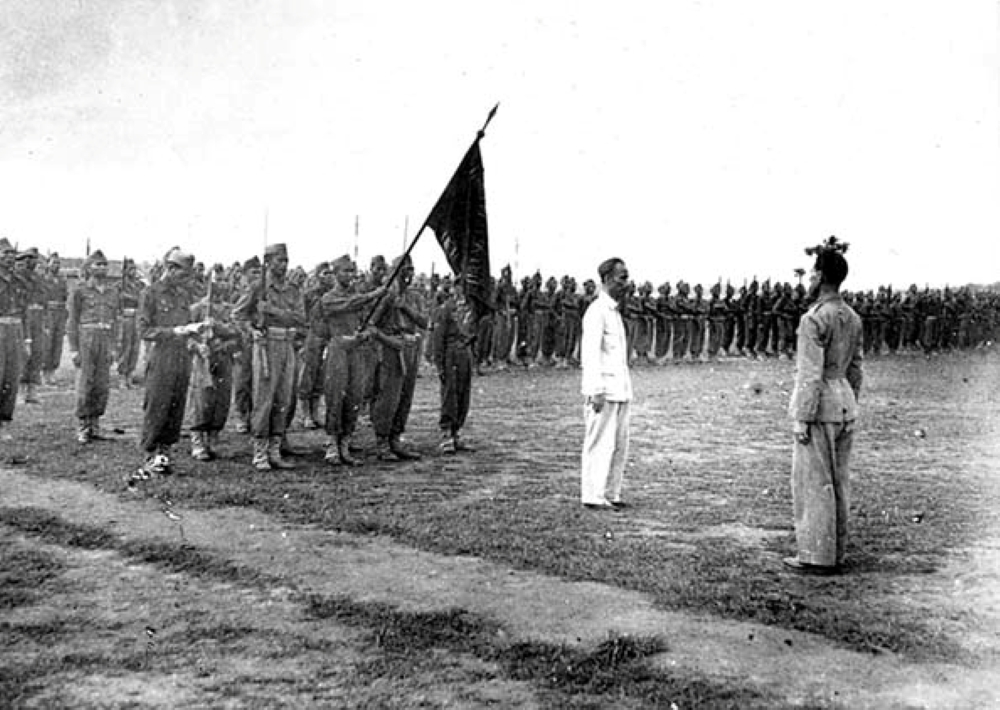
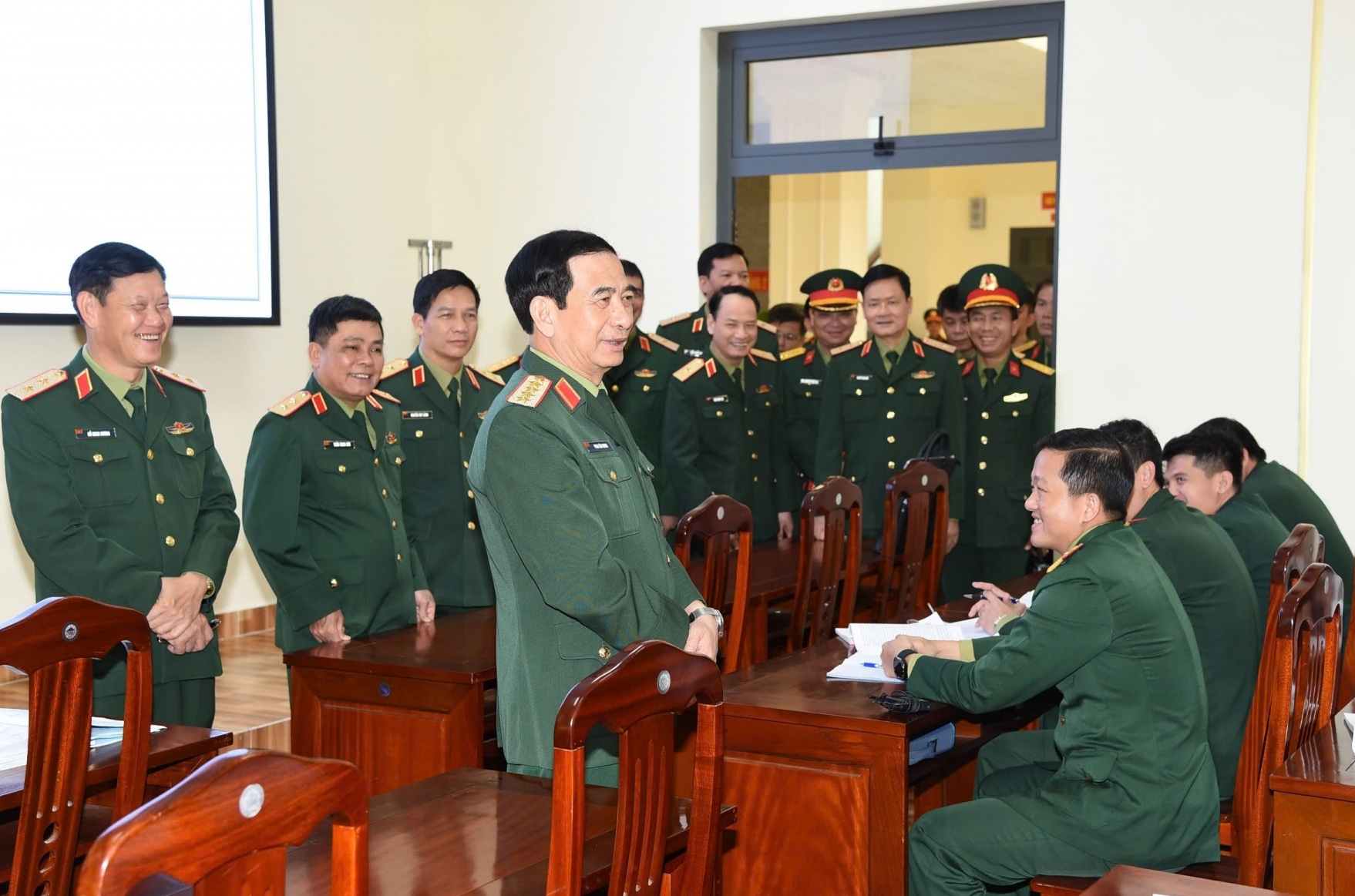



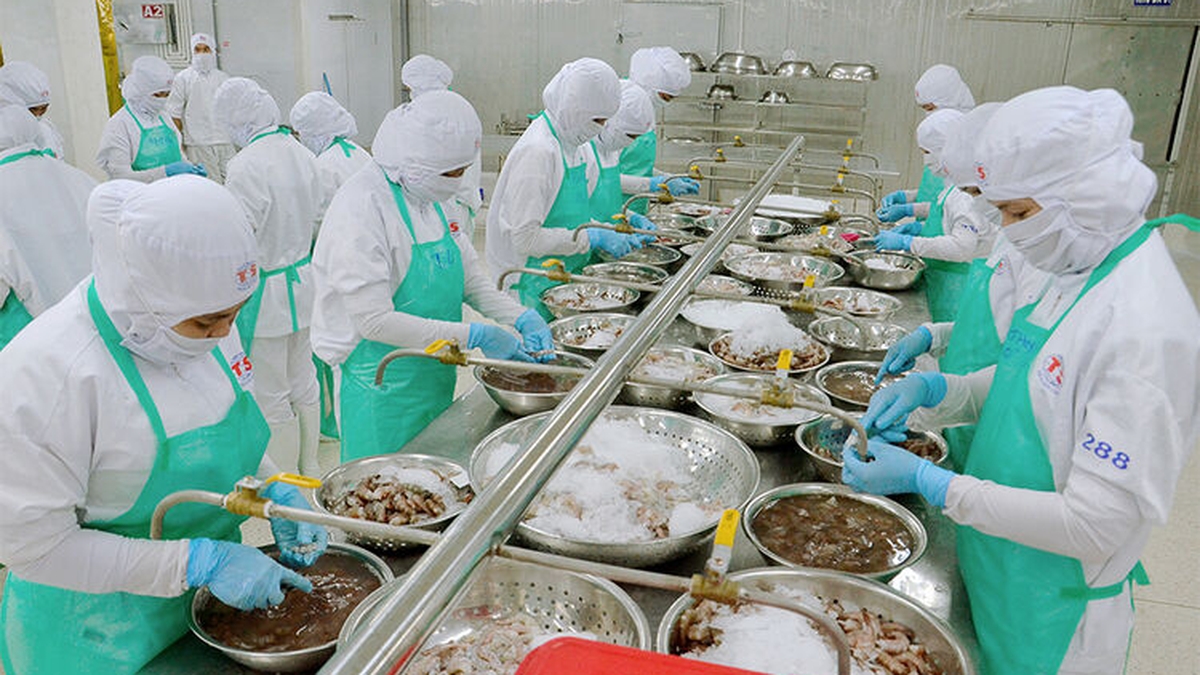
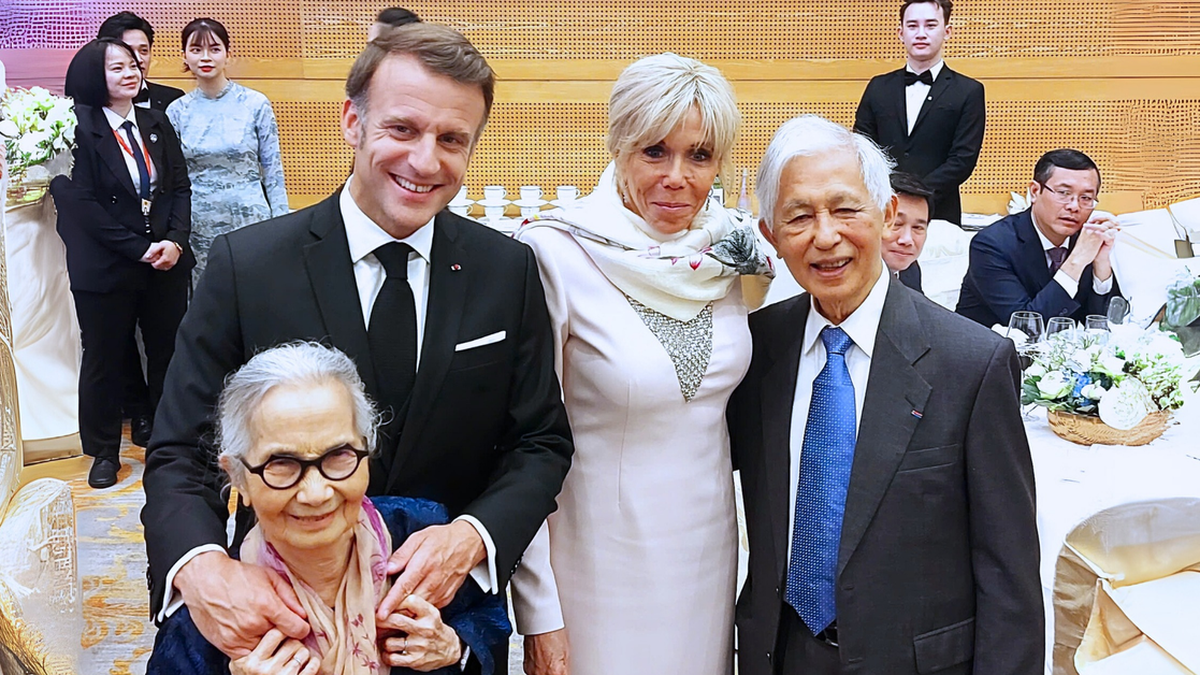

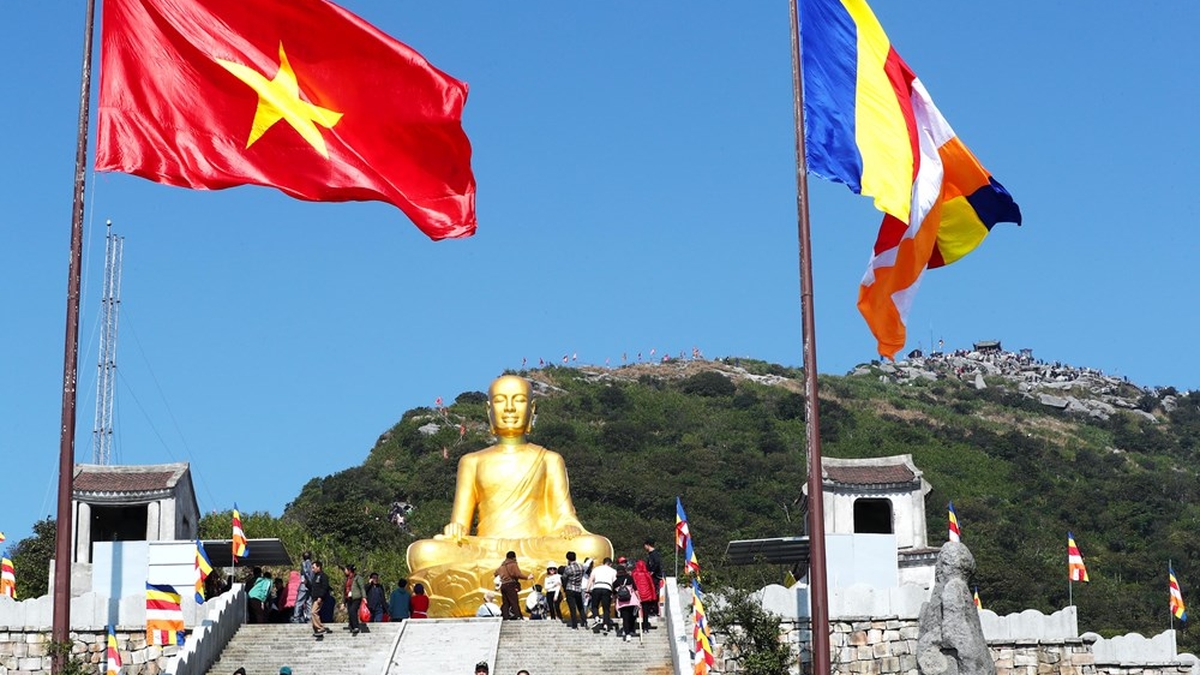
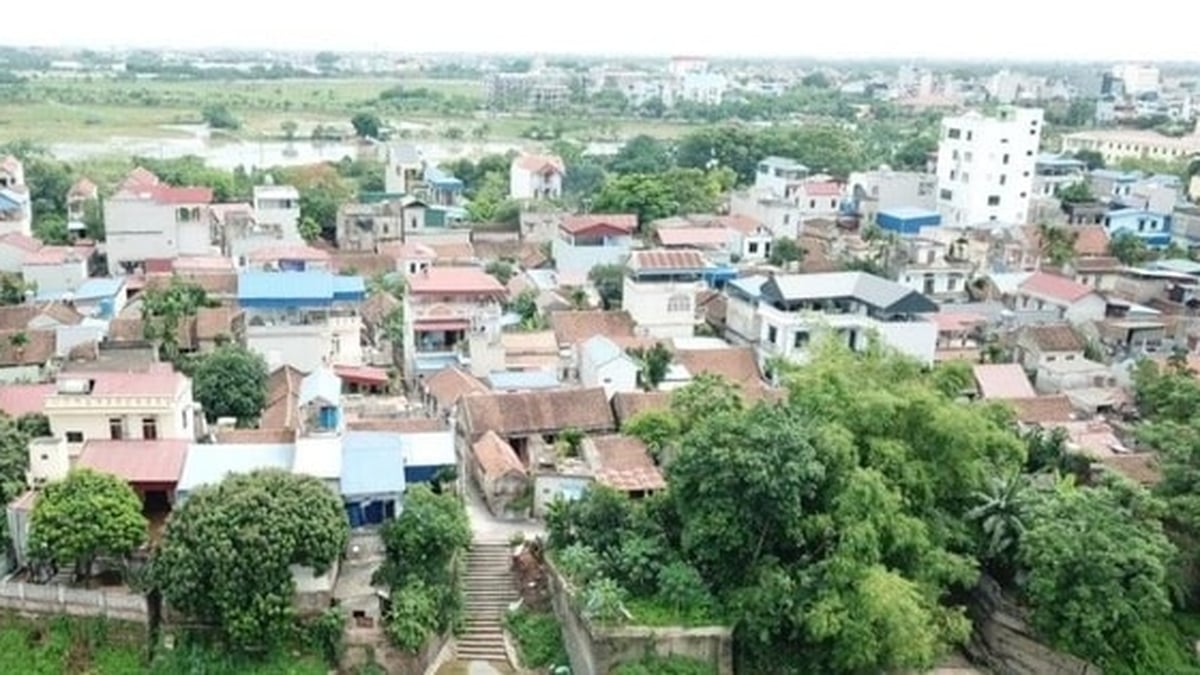
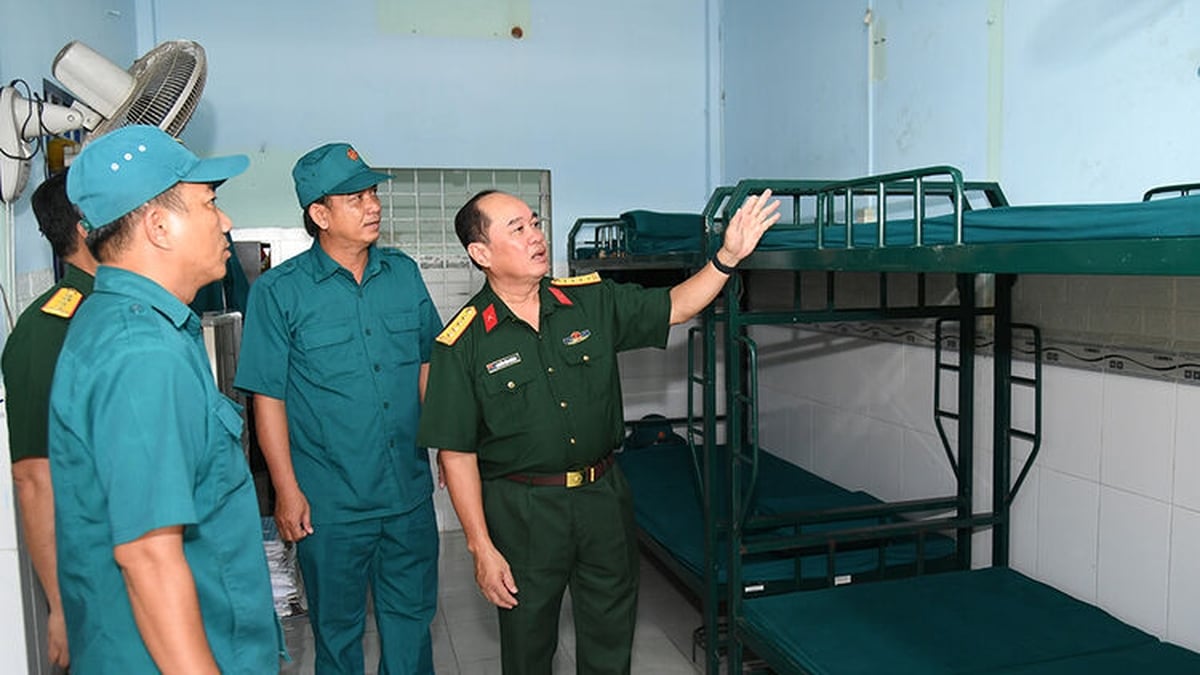

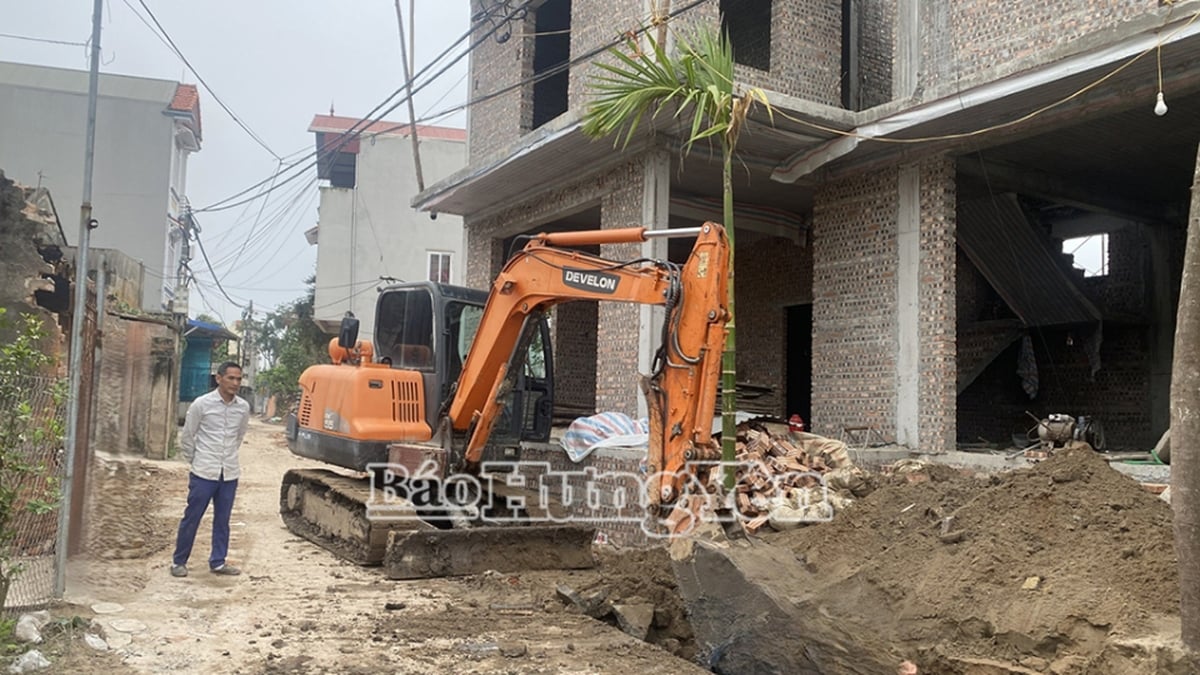










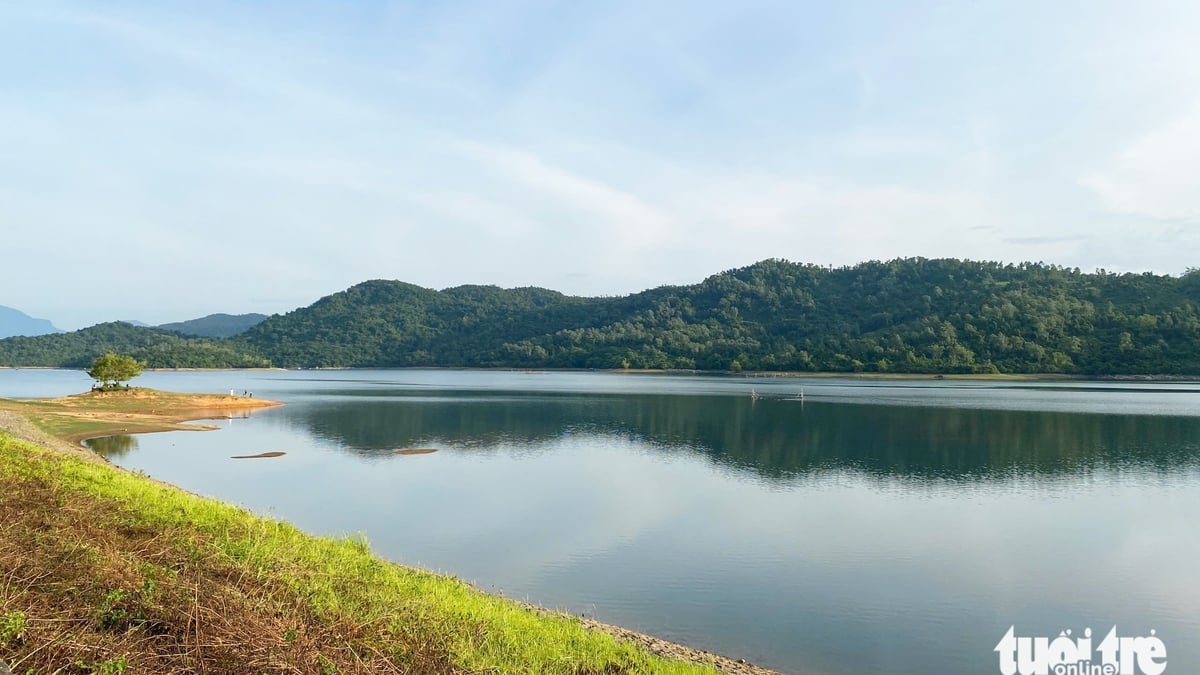






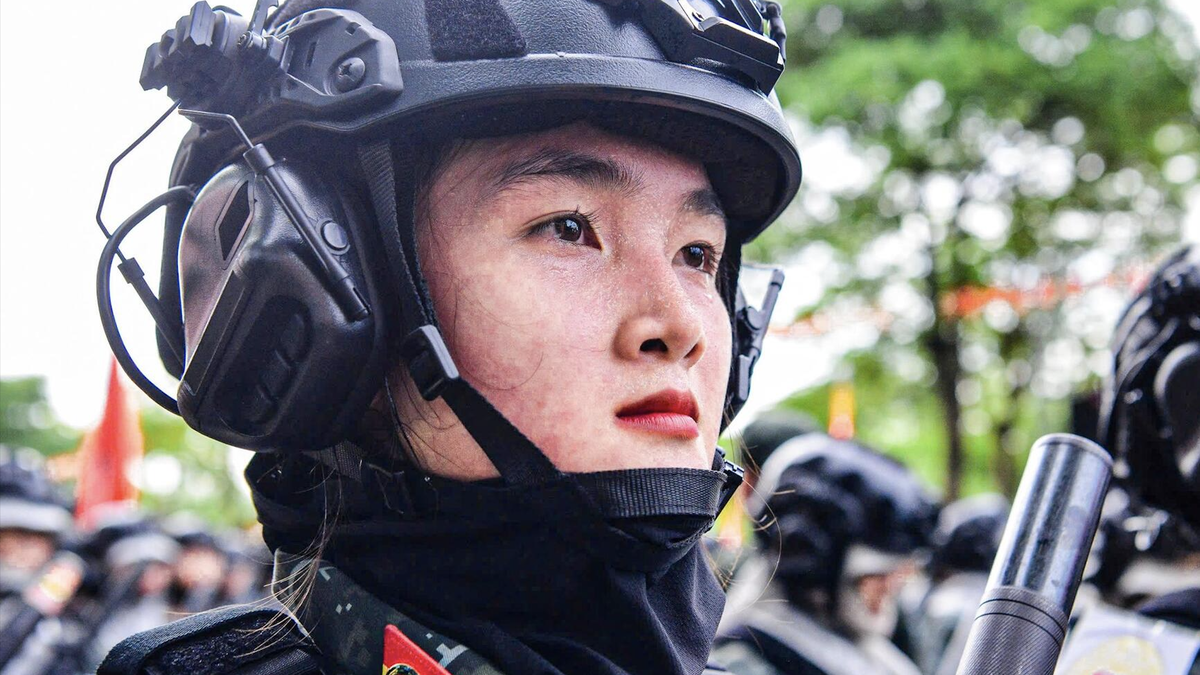

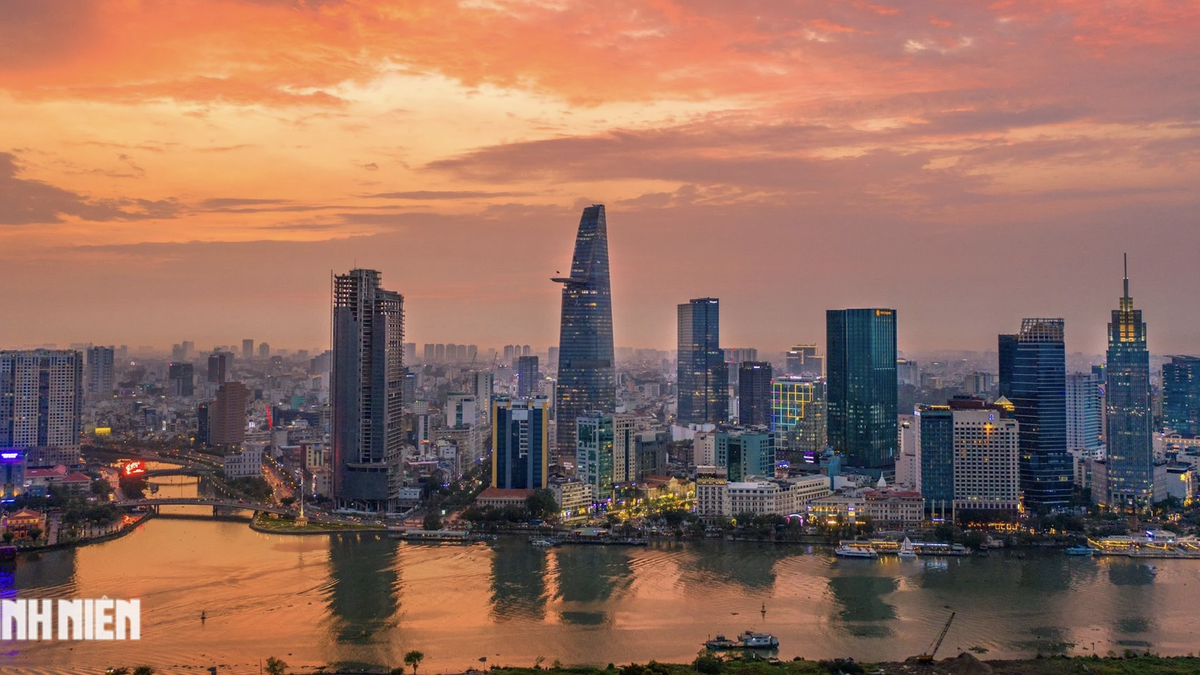
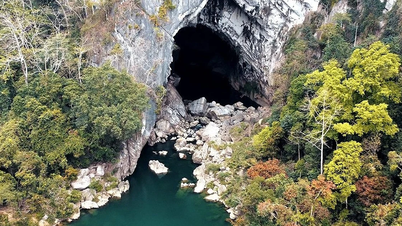



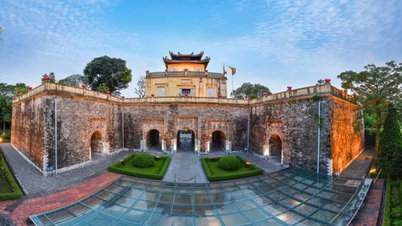
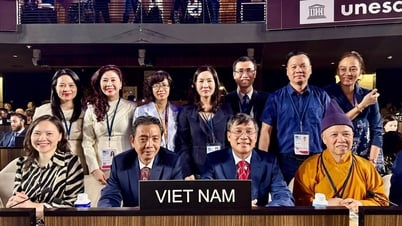



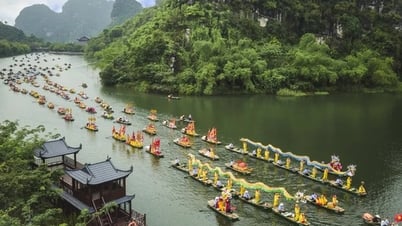

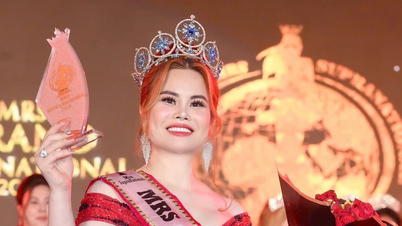




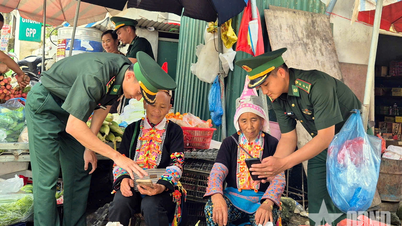

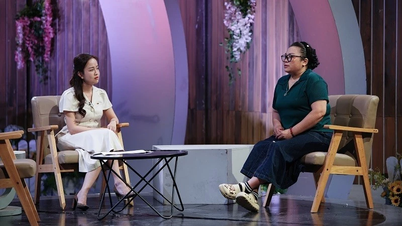


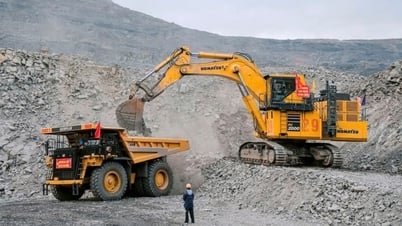
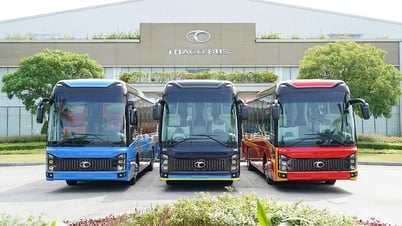


![[Maritime News] Treasury Department Targets Diverse Networks Facilitating Iran's Oil Trade](https://vphoto.vietnam.vn/thumb/402x226/vietnam/resource/IMAGE/2025/7/14/43150a0498234eeb8b127905d27f00b6)



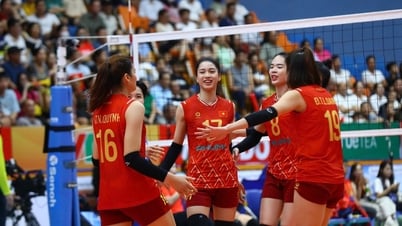

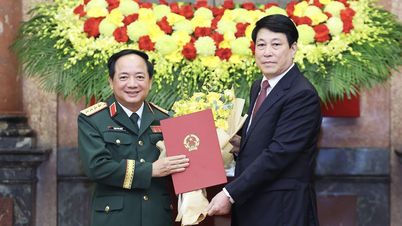


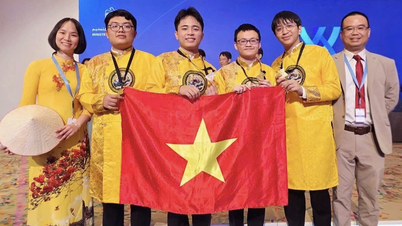



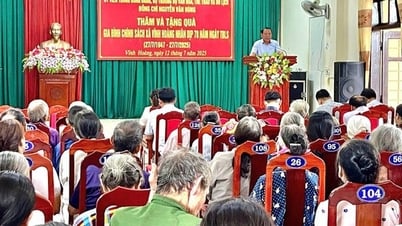
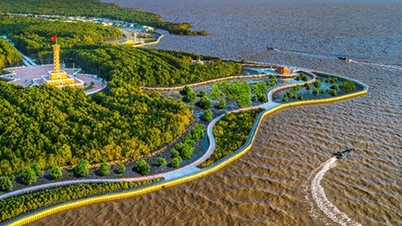
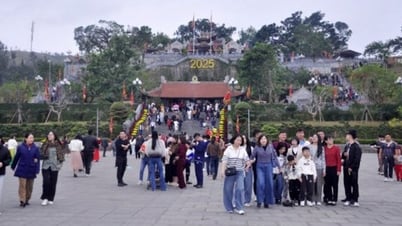

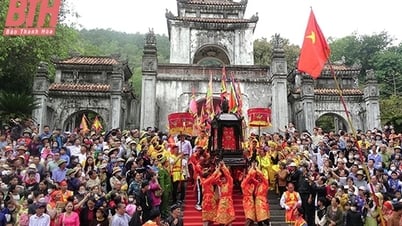










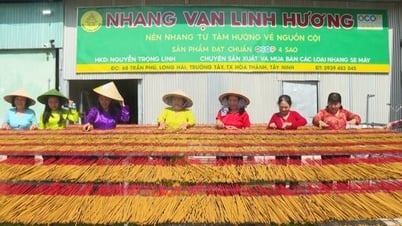

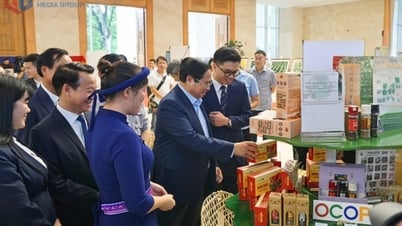




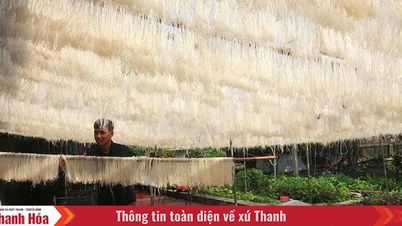


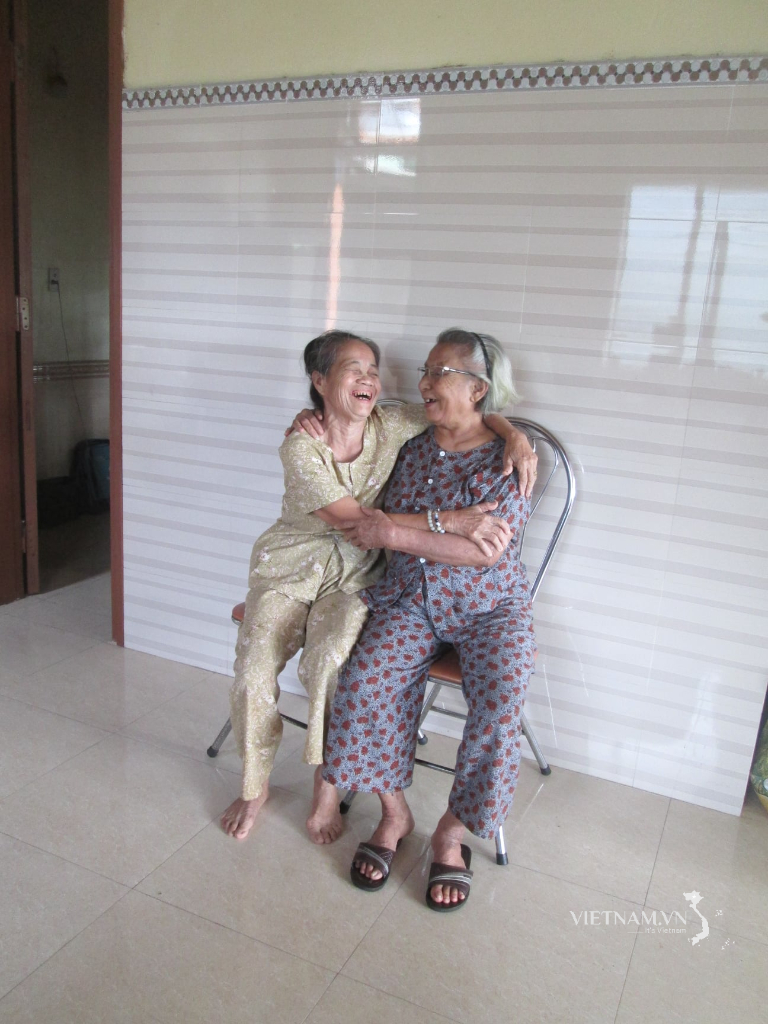
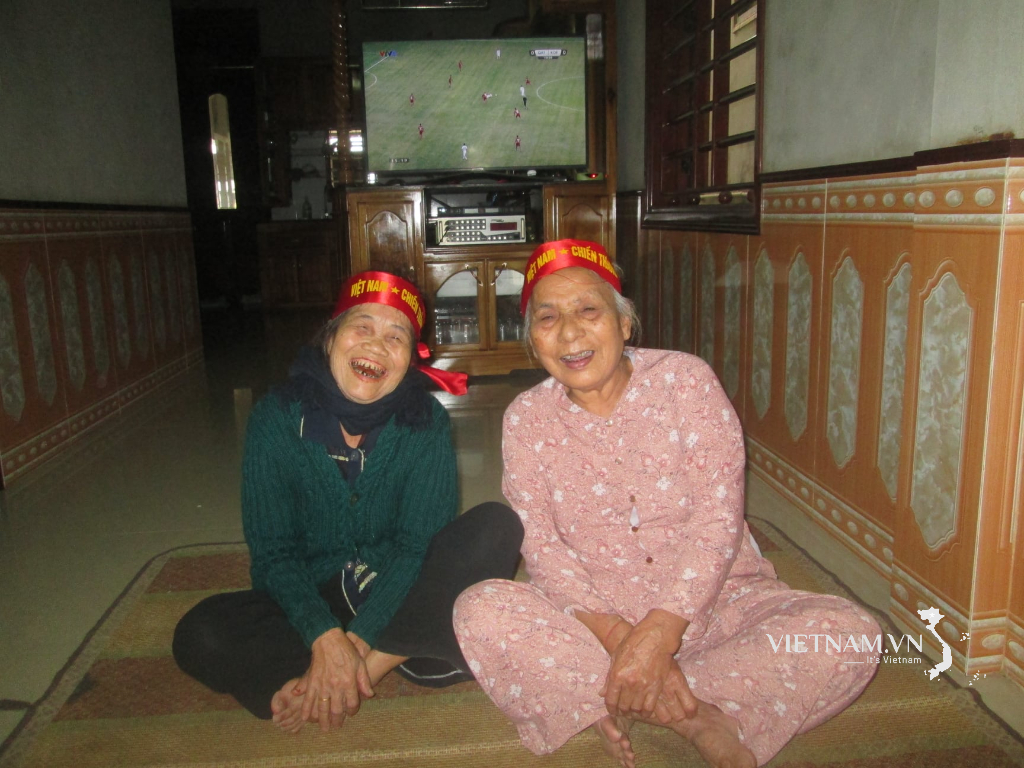
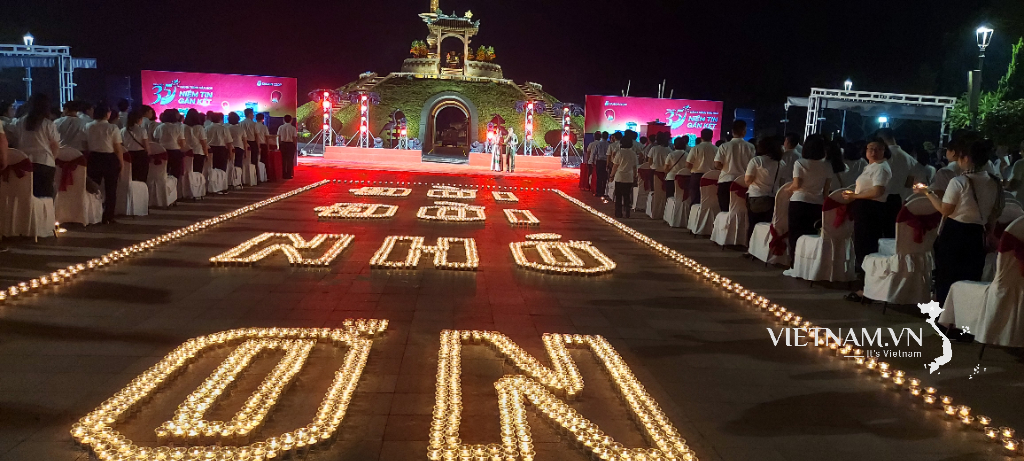

Comment (0)